Dental Wonders of Boa Constrictors: An In-Depth Look
Introduction
Boa constrictors, majestic creatures of the snake kingdom, have long captured the fascination of herpetologists and reptile enthusiasts alike. Among the many remarkable features of these serpents, their teeth stand out as an essential component of their anatomy and behavior. In this exploration, we delve into the world of boa constrictor teeth, unraveling the mysteries behind these fascinating dental structures.
The Anatomy of Boa Constrictor Teeth
Boa constrictors possess a set of formidable teeth that play a crucial role in their survival and daily lives. Positioned along their upper and lower jaws, these recurved teeth are designed to grasp and secure prey effectively. Boasting a moderately long length, these teeth aid in the snake’s ability to constrict and immobilize their victims.

Adaptations for Hunting and Feeding
The teeth of boa constrictors are finely tuned instruments for hunting and feeding. Unlike venomous snakes, boa constrictors lack fangs designed for injecting venom. Instead, their teeth serve as adept tools for seizing and holding onto prey. The arrangement and structure of their teeth facilitate a secure grip, especially when engaging with larger or more elusive prey.
The Role of Teeth in Constriction
One of the most remarkable aspects of boa constrictors is their feeding behavior, prominently featuring constriction. The teeth play a crucial role in this process by initially securing the prey, allowing the snake to then coil its powerful body around the victim. This constricting action not only prevents escape but also aids in the subsequent process of ingestion.
Continuous Renewal: The Lifelong Journey of Boa Teeth
Unlike mammals, boa constrictors do not have a fixed set of teeth for their entire lives. Instead, they undergo a continuous process of tooth replacement. As individual teeth are worn down or lost during feeding, new teeth continuously emerge from the dental follicles, ensuring the snake maintains its formidable dental arsenal throughout its lifetime.
Teeth as Silent Communicators
While snakes are not known for vocalizations, boa constrictors, like many other species, communicate through body language. Teeth, though not audible, play a role in these silent interactions. Dominance displays, courtship rituals, and territorial assertions often involve the use of teeth, adding a layer of complexity to their non-verbal communication.
Human-Boa Interactions
Despite their fearsome reputation, boa constrictors are generally non-aggressive toward humans. Understanding their dental anatomy is crucial for responsible handling and care. Boa constrictors are non-venomous, and while their bites may be intimidating, they are not life-threatening. Responsible pet ownership and proper handling techniques contribute to a positive human-snake relationship.
Conservation Concerns
In the wild, boa constrictors face various threats, including habitat loss, illegal trade, and misconceptions leading to persecution. Understanding their dental features and ecological importance is essential for conservation efforts aimed at preserving these magnificent creatures and their habitats.
Conclusion
Boa constrictor teeth represent a marvel of nature, finely adapted for the challenges of their environment. From hunting and feeding to silent communication, these dental structures are integral to the snake’s survival. As we continue to unravel the mysteries of these enigmatic creatures, a deeper appreciation for their teeth emerges, showcasing the intricate balance of nature’s design.
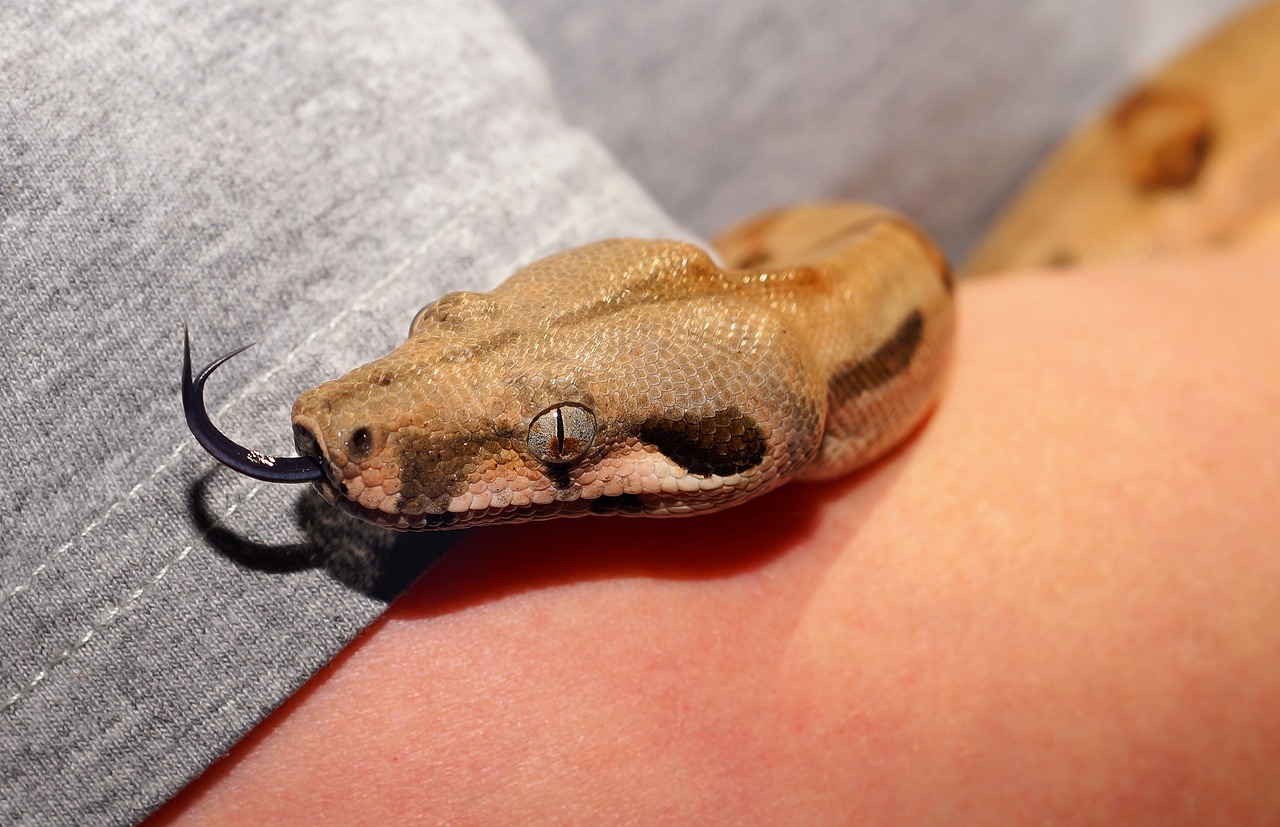
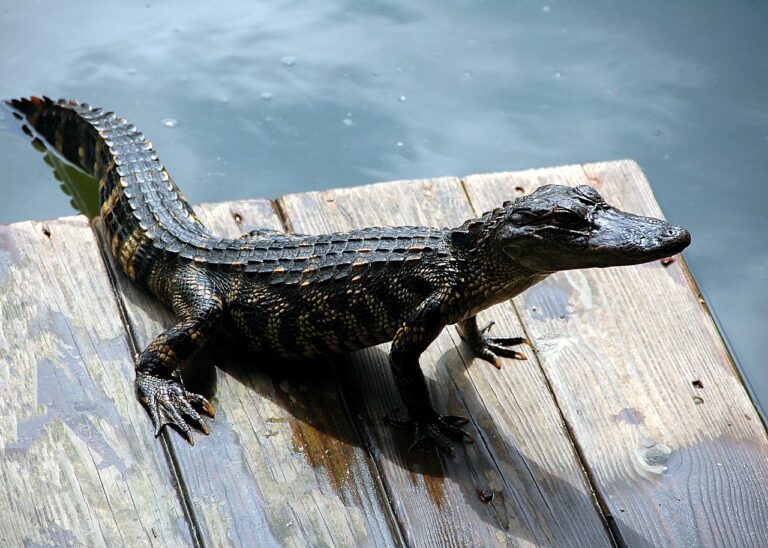
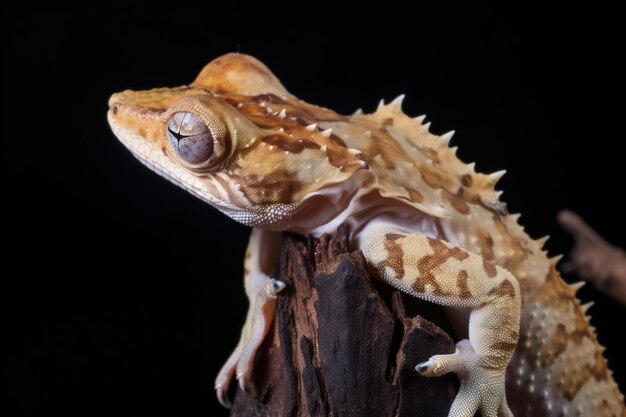
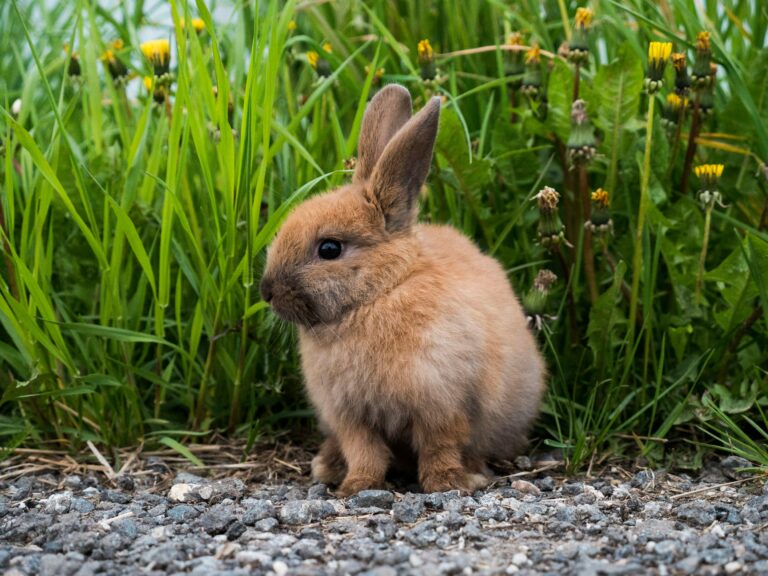
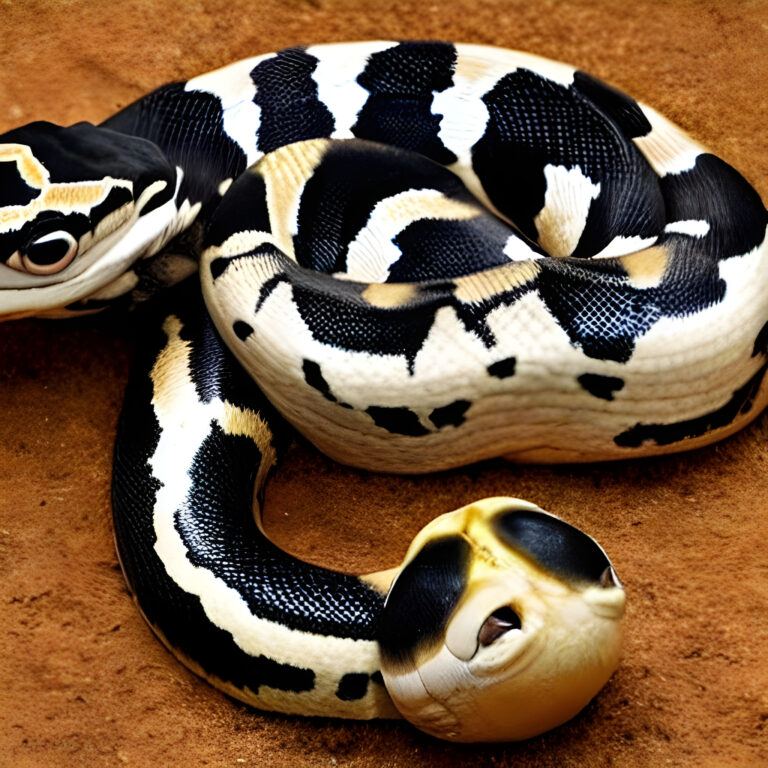
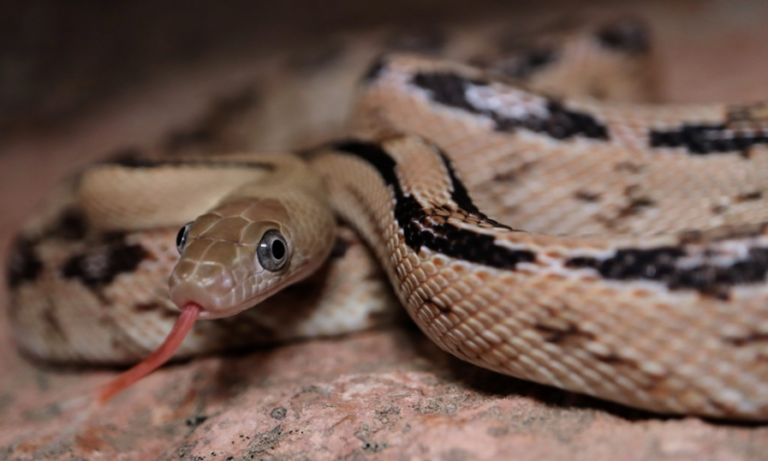
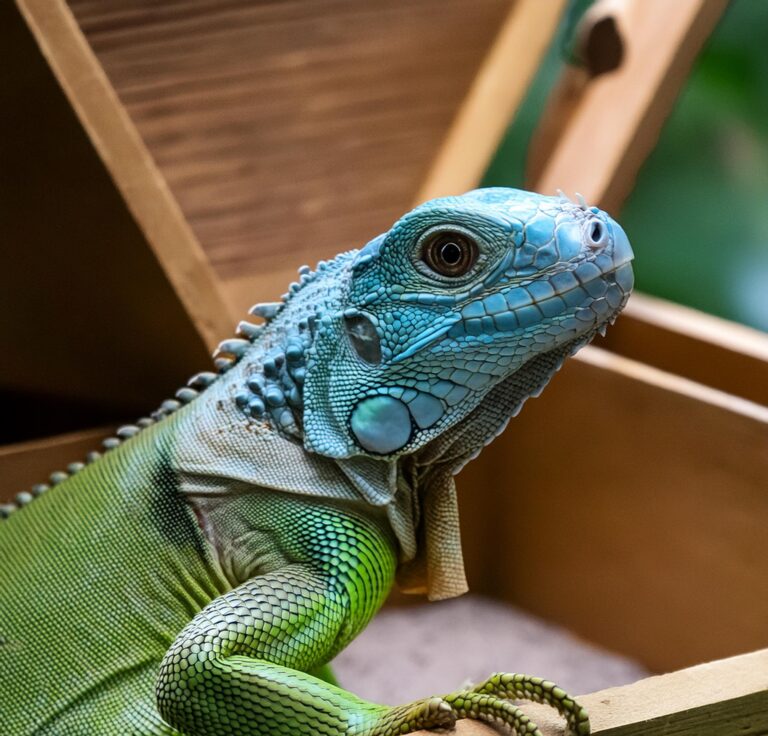
One Comment